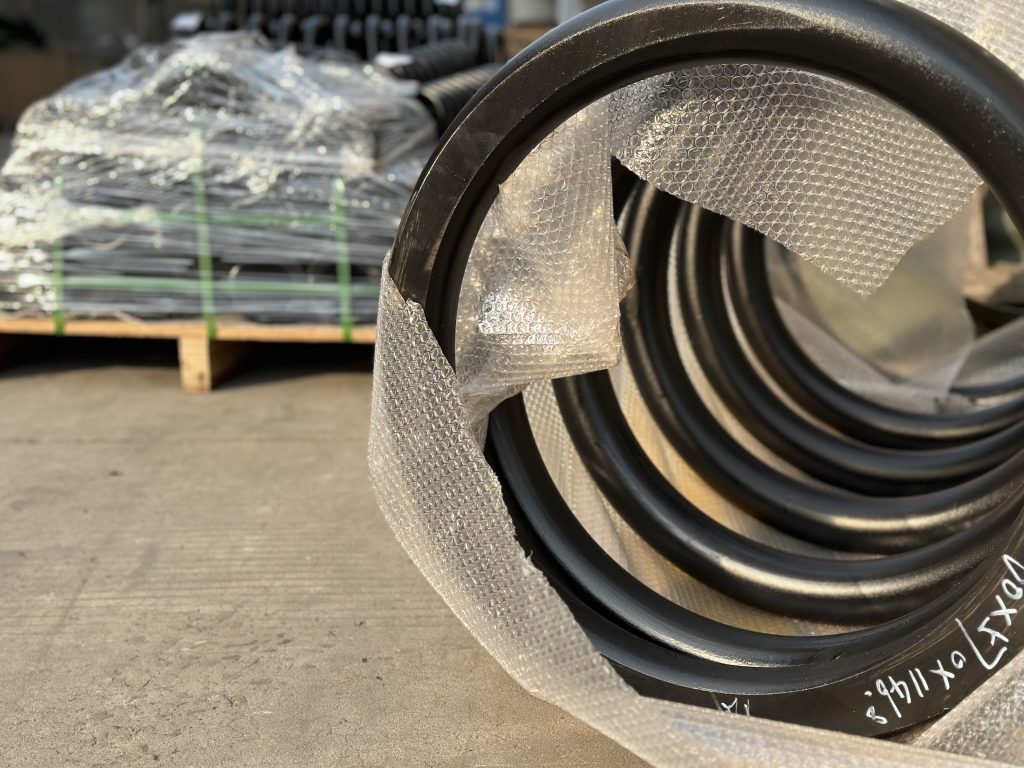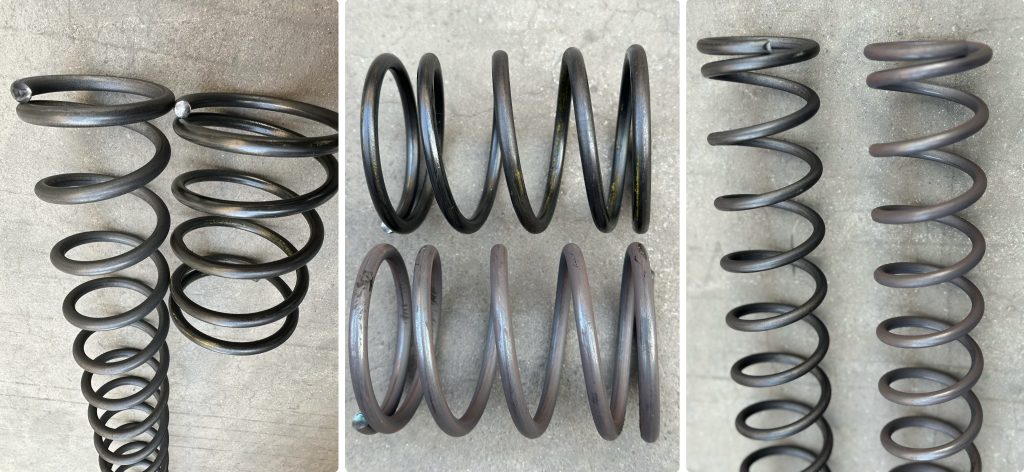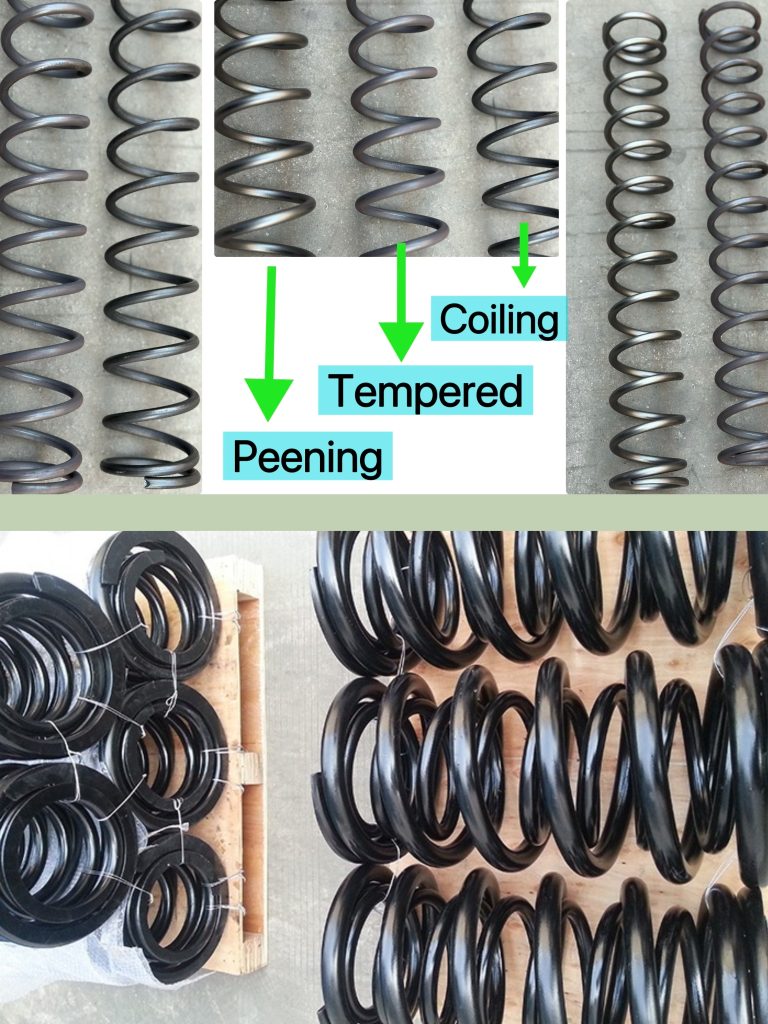Chemical Composition, Mechanical Properties, Application Differences between 55CrSi and 60Si2Mn
SEO Keywords: Spring Steel Comparison / Chemical Composition and Mechanical Properties
55CrSi and 60Si2Mn are two common types of spring steel materials. They exhibit differences in terms of chemical composition, mechanical properties, and applications.

Chemical Composition:
55CrSi: Primarily composed of carbon (C), chromium (Cr), silicon (Si). Typical composition includes 0.52-0.60% carbon, 0.70-1.00% silicon, 0.70-1.00% manganese, and 0.50-0.80% chromium. 60Si2Mn: Comprised of carbon (C), silicon (Si), manganese (Mn). Usual composition comprises 0.56-0.64% carbon, 1.50-2.00% silicon, and 0.60-1.00% manganese.
Mechanical Properties:

55CrSi: Demonstrates high strength and hardness, good elasticity, and fatigue strength. Suited for high-strength demanding springs and mechanical parts. 60Si2Mn: Exhibits good elasticity, toughness, and plasticity, along with good fatigue resistance. Typically used for manufacturing springs and spring components requiring high impact absorption.
Application Differences:
55CrSi: Commonly employed in producing springs requiring high strength and hardness, such as automobile suspension springs, heavy-duty mechanical springs, etc.
60Si2Mn: Suitable for producing springs needing good toughness and impact absorption.Commonly employed in fabricating large-scale actuator springs that demand high impact absorption, such as heavy machinery, metallurgical equipment, and large-scale lifting machinery.

When choosing materials, it’s essential to consider specific engineering requirements and usage environments. In addition to 55CrSi 60Si2Mn, there are also 72A/82B/SWP-B/304/316/316L and other material choices. For more information, please visit www.yuu spring.com